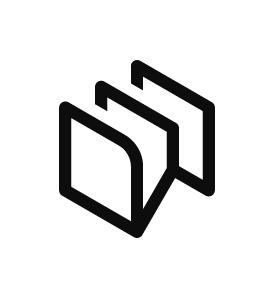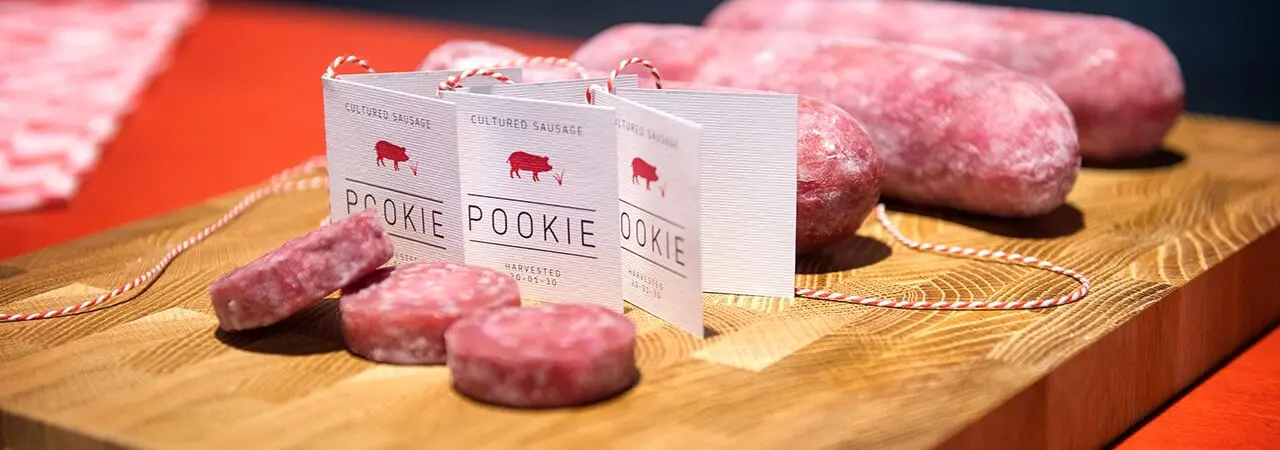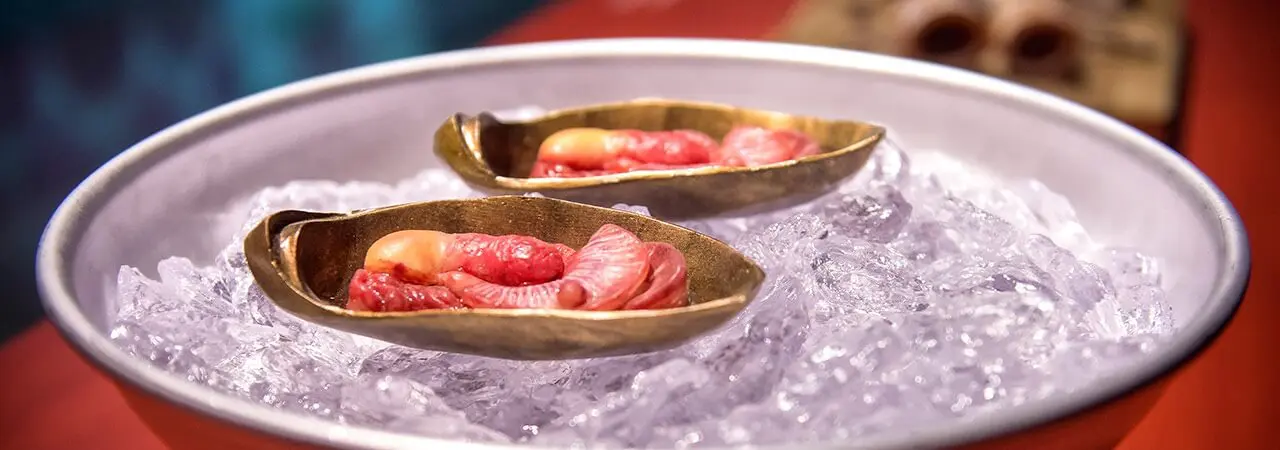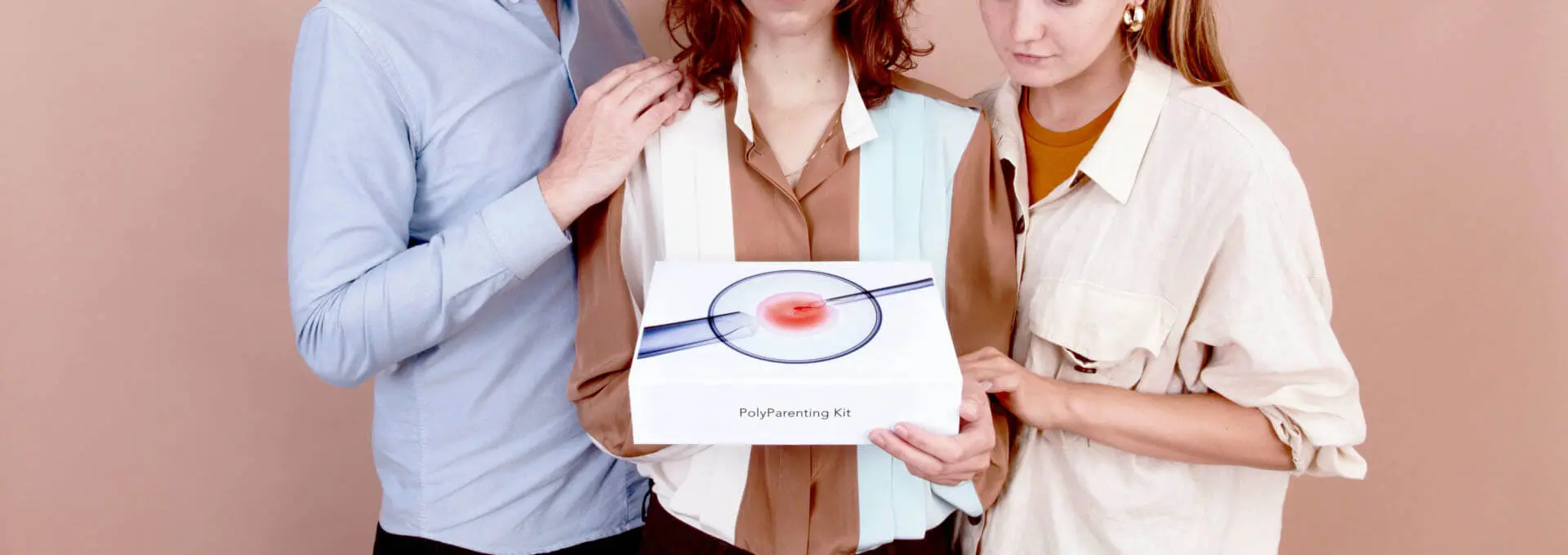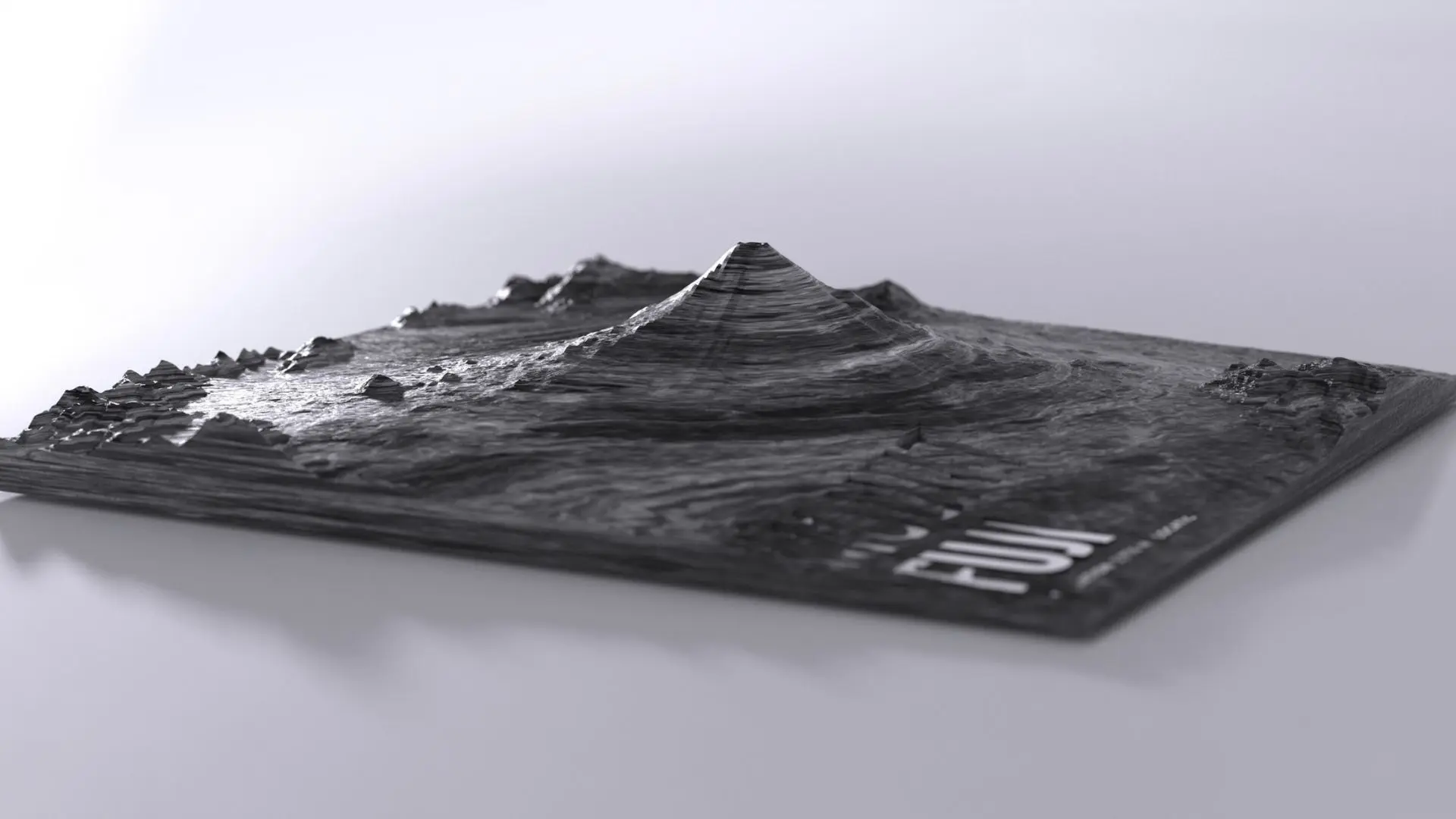Next Nature Network is envisioning a tech-infused future for nature

Based in Amsterdam, Next Nature is an international network that is shifting the traditional notion of nature through projects that spark discussions to help us envision what our future will be.
We often approach the concept of nature in a traditional way. We see it as something we need to preserve, save and keep intact, unchanged, yet, we rarely ask ourselves what nature truly is and how can we shift its notion to build a better future. Next Nature Network does exactly that, it shifts the traditional notion of nature and approaches the concept of it in a new and forward-looking manner.
Founded by Dutch philosopher Koert van Mensvoort, Next Nature is an international network of creatives, makers, thinkers, educators, and supporters who are changing the paradigm through incredible projects that stimulate discussions and help us see how technology and nature, traditionally seen as opposed, merge and even trade places.
It is through products, events, publications, and exhibitions that they look ahead and envision how to dream, build, and design our ‘next nature’. With a vision that humans are co-evolving with technology, the network aims to share a richer understanding of nature, balance biology and technology, and ensure a livable existence for the people who come after us while inviting us to look ahead and speculate on our future to create a greater present.
Fascinated by their work, DesignWanted had the opportunity to interview Next Nature Network and get some insights on their philosophy, creative process, and how are they helping us envision what our ‘next nature’ will be.
How did the journey for Next Nature Network begin?
Next Nature Network: “About 15 years ago something clicked in the mind of our creative director Koert van Mensvoort. At that time Van Mensvoort was thinking about the changing relationship between people, nature, and technology, and realized that nature and technology are not opposite; technology is the next nature.
Nature is a dynamic rather than a static reality. And our technology is transforming nature. Next Nature is a different way of looking as we are used to now. In the early days, there was no vocabulary to describe it, it was more of a feeling.
In 2005 we started the successful Next Nature blog: www.nextnature.net. This became a highly visual collection of observations, thoughts, and insights into what Next Nature could be. From 2009 we continued to explore the concept through various speculative projects, catalyzing debates on new biotechnologies.
Our first project Rayfish Footwear was a fictional company that offers personalized sneakers crafted from genetically modified stingray leather. It’s launch catalyzed a debate on new biotechnologies and questioned our (often all too consumptive) relationship with animals. We aimed to make that discussion tangible in a concrete product you can either love or hate. The rest is history…”
Curious to know more about designers envision the future with technology? Don’t miss 4 dimensions printed artificial fruits by Meydan Levy.
Why Next Nature? Why focus on biology, technology, and debating our future?
Next Nature Network: “At Next Nature, we believe in the importance of speculating on the future, in order to imagine a greater present. The technological world has become so intricate and uncontrollable that it has become a nature of its own. Through this, we re-investigate our notion of nature through linking technology and biology, where each informs the other.
Our goal is to continue the ongoing debate on the future of technology, as an extension of the human. Next nature is the nature caused by human culture. Next nature is culturally emerged nature. From this perspective, we create and envision what our next nature will be.
Although preserving nature is of great importance, we must also dare to look ahead. Will we grow meat without slaughtering animals? Can we earn ECO coins for sustainable actions? We want to go forward and not back to nature.
We aim to share a richer understanding of nature by exploring how tech is taking on its own natural momentum. By exposing and strengthening the connections between the biosphere and the technosphere we balance biology and technology. We also hope to save the humans! We chart a path for the future that’s desirable for humanity and for the planet as a whole.”
Next Nature is an international network of makers, thinkers, educators, and supporters who approach nature in a new manner. Could you tell us more about the philosophy and methodology you follow?
Next Nature Network: “The image of nature as static, balanced and harmonic is naive. Where technology and nature are traditionally seen as opposed, they now appear to merge or even trade places. We urge to no longer see ourselves as an anti-natural species that threatens nature, but rather as catalysts of evolution.
By designing our environments we create a ‘next nature’ unpredictable as ever; wild software, genetic surprises, and autonomous machinery. Nature has always been in motion. Evolution goes on. Nature is a dynamic rather than a static reality. Nature changes along with us!
We live in an age when the presence of human beings is starting to become visible in the earth’s geology. The sum of human activities makes up a technosphere that sits atop the much older biosphere. How do we position ourselves within this narrative?
With a wide network of members from astronauts, fashion designers to experimental architects, we speculate on our future together. Our projects consider the future from an interdisciplinary perspective. Through collaboration, we remain hopeful, optimistic, and with agency in how we design our future together.”
Who can be part of the Next Nature Network? Who cannot?
Next Nature Network: “Anyone who is interested in the development of technology and curious about what our future will look like. We offer membership to an international network, with members in 44 countries. A community of creative minds to engage with and pioneer the next nature movement!
Through publications, research, projects, talks, and expo’s we explore how to dream, build, and live in the next nature. We are an inclusive network and aim to make our content applicable to a wider audience. After all, it’s our collective future!”
Your project NANO Supermarket presents speculative products that may hit the shelves in the next ten years. What was the creative process and inspiration behind this project and the products presented?
Next Nature Network: “Nanotechnology radically intervenes with our notion of what is natural. This may help to realize our dreams and significantly improve our lives, but it may also have unforeseen downsides. Hence, there is an urgent need to have a public debate on the potential impact of these new technologies.
The NANO supermarket presents products designed to generate discussion. The products provide us with thought-provoking scenarios that help us decide what future we actually want to live in. The products are submitted by designers, technologists, and artists from around the world. They are selected by a jury of nanotech experts and design experts.
The mobile exhibition disguised as a supermarket is packed with debate. Whether it is through genetic engineering, molecular imaging, or programmable matter. This could be Wallsmart paint that changes colour through a smartphone application, a genetically modified rose that increases the libido, or Magic Meatballs that are designed to playfully familiarize children with in-vitro meat.”
Although we live in an increasingly technologically-infused world, nature and technology are traditionally seen as opposites. What advice would you give designers to strip themselves of these notions? How would this help their design process?
Next Nature Network: “We must go forward to nature, yet we remain humble in its presence. We are not the dominant species. Bacteria, insects, algae colonies, and the technological systems with which we are co-evolving all have a dynamism and an agenda of their own, separate from the human perspective.
We are just one species on a small blue dot in a vast cosmic theatre. Nature will always continue to surprise, amaze, and challenge us. For designers, this can help to think from a multispecies perspective, but also be wary of biocentrism. The world around us is getting ever more sensitive, lively, and interactive. We used to go outside to look at the flowers; soon, the flowers will look back.”
What is next for Next Nature Network?
Next Nature Network: “This is an exciting time for Next Nature Network. The Dutch Minister of Education, Culture and Science granted us a generous contribution intended to develop a Next Nature Future Lab for design & technology with partners in Eindhoven. This government grant is an important foundation that will allow us to create a national home where we can explore the future we actually want. This grant will help us to bring the conversation to the next level.
We plan to work with various established parties in the fields of design and technology in Eindhoven (think Dutch Design Foundation, TU/e, Design Academy, MU Hybrid Art House, and the Van Abbemuseum) to build a Future Lab for Design and Technology. These parties each have an enormous (inter)national network and we can’t wait to join forces. Together we can offer whirling programs that will shed new light on societal issues from the perspectives of design and technology—and their mutual connection.
Early next year we will also release our first-ever print publication. This annual magazine will explore what it means to dream, build, and live in the next nature.”
Find out more about forward-looking projects, don’t miss Lunch is printed: Upprinting Food transforms scraps into snacks.

